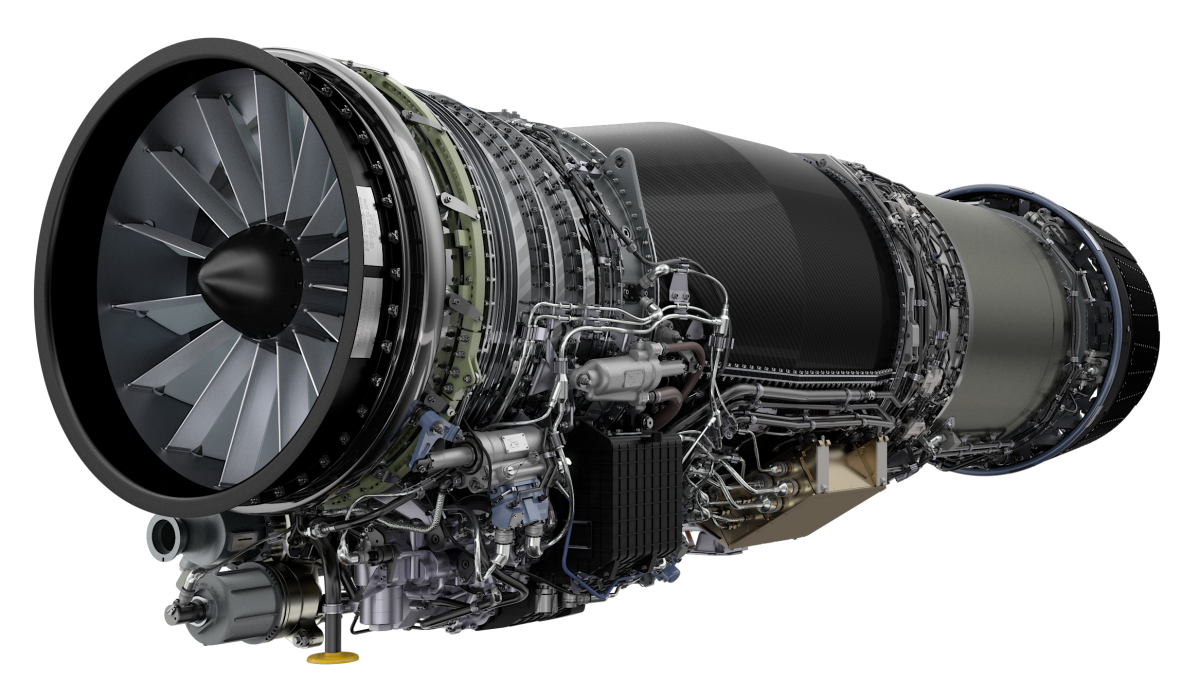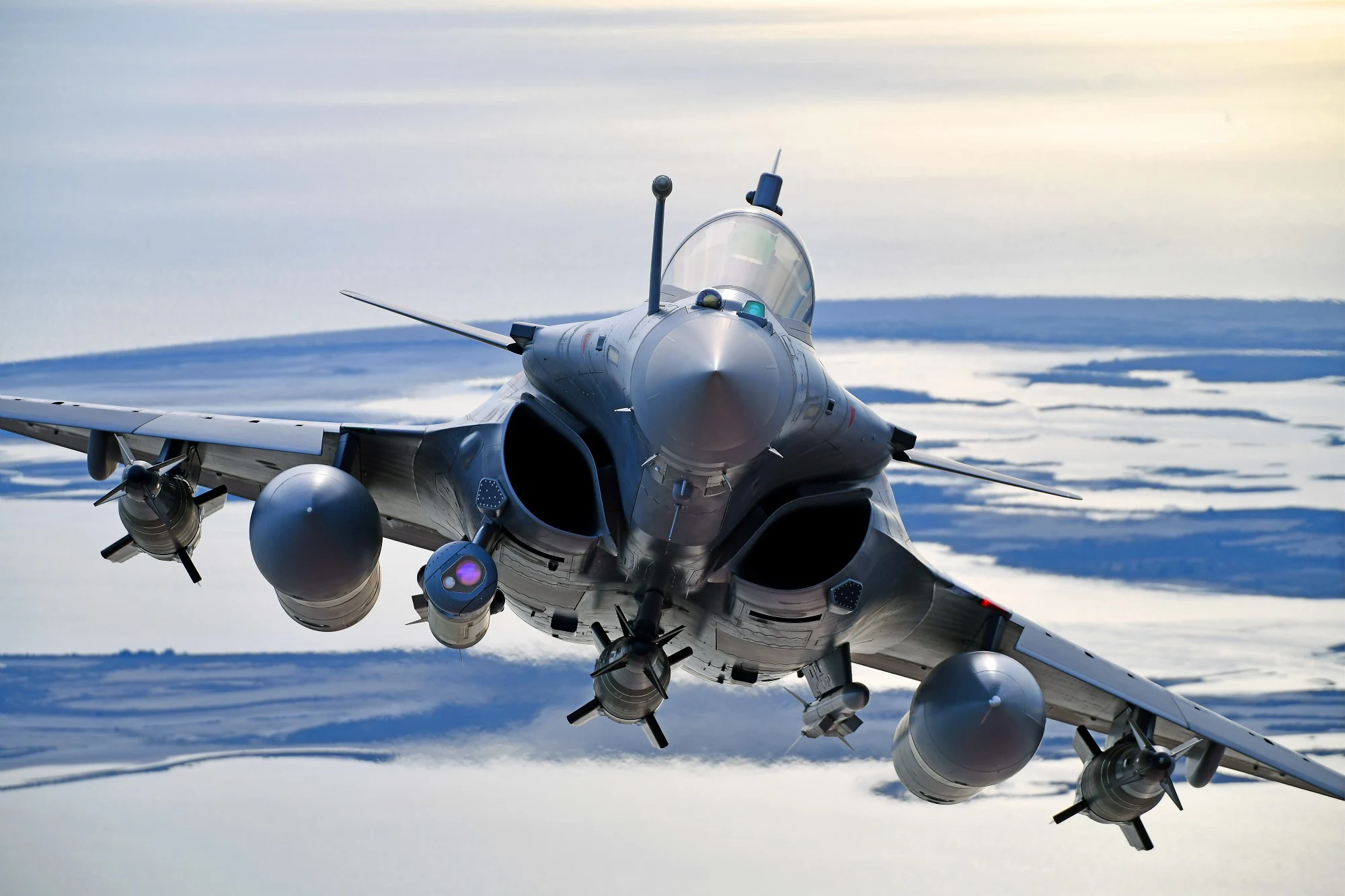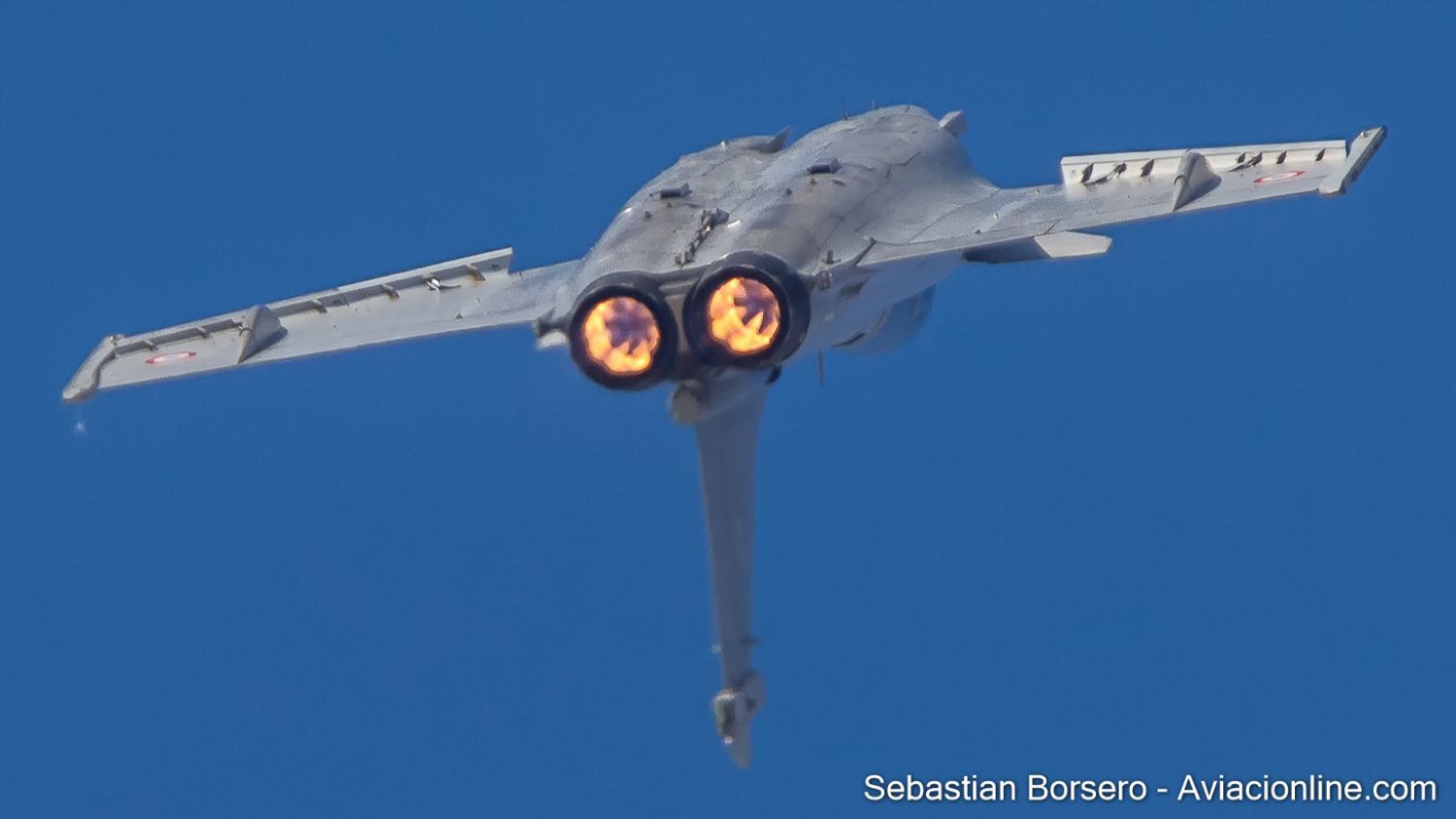T-REX project: Safran seeks to increase M88 engine power, key to the future Rafale F5
The vice chairman of the French National Assembly’s Defense Committee, Frank Giletti, has announced on his social networks that, as part of the Rafale fighter’s F5 Standard, Safran Aircraft Engines has set out to develop a more powerful version of the M88 engine, which has powered Dassault Aviation’s multirole fighter since its entry into service.
Rafale F5: Technology Advances and Power Requirements
Dassault Aviation’s Rafale fighter is preparing for a key upgrade with the Rafale F5 program, which will begin entering service in the 2030s. This version will incorporate significant technological advances in sensing, communication and digital processing systems. However, for these innovations to be fully effective, the aircraft’s propulsion, based on M88 turbofan engines, must also undergo an evolutionary leap in terms of power and electrical generation capacity.

In response to this necessity, Safran, through the T-REX program, is working on an upgraded version of the M88, which aims to reach up to 90 kN of thrust, thus optimizing the advanced capabilities that will characterize future Rafale F5s. This increase in power is considered essential to maintain the Rafale’s competitiveness, both domestically and internationally, especially given the delay in the 6th generation FCAS fighter program.
The Evolution of the M88 Engine: The Need for More Power
The M88, the engine that has been at the heart of the Rafale since its entry into service, has proven efficient on previous versions of the fighter, such as the F1, F2 and F3. However, the new operational requirements of the Rafale F5, which include increased payload and higher electrical power demands, have exceeded the current capabilities of this engine. Despite the significant improvements it has received over the years, such as reduced fuel consumption and optimized maintenance, the M88’s power has not evolved at the same pace as the aircraft’s demands.
This gap became evident when the vice chairman of the French National Assembly’s Defense Committee, Frank Giletti, pointed out that the Rafale’s payload has increased by more than 2 tons, while the M88 engine has maintained the same power since its inception. This mismatch has become a challenge to ensure that the Rafale remains competitive against new-generation fighters.
?“Économie de guerre” : une expression qui semble avoir définitivement intégré le vocable du #Gouvernement depuis l’annonce fulgurante du Président de la République Emmanuel Macron, en juin 2022, soulignant l’urgence pour la #France de “passer en #économie de #guerre”. Mais la… pic.twitter.com/jBPJFU4ejF
— Frank GILETTI Ⓜ️ (@FrankGiletti) November 27, 2024
The T-REX program and the power of the M88 engine
As reported by Safran Electronics and Defense president Franck Saudo, discussions are currently underway with the Directorate General of Armaments (DGA) to develop a new version of the M88 engine within the framework of the Rafale F5 program. Saudo believes that the T-REX program is crucial to ensure that the Rafale remains competitive, both domestically and internationally. In addition, this program will have a significant impact on the development of the new-generation powerplant that will equip the future Sixth Generation Air Combat System (FCAS/SCAF), on which France, Germany and Spain are collaborating closely.
The challenge of power enhancement: modifications and design strategies.
While the increase in engine power is essential, it also brings with it significant technical challenges. In a first phase, the aim is to increase the thrust of the M88 from 75 kN to 81 kN. This modest increase in power could be achieved without the need to modify the design of the air intakes to accommodate the increased airflow demand. This would optimize the French fighter’s performance without incurring costly redesigns or significant airframe alterations, while maintaining its reduced frontal radar signature.

Towards the 9-Ton M88: a fundamental step for Rafale and the FCAS program
To achieve the 9-ton thrust target with afterburner, a 20% increase over the original M88, the M88 engine (or perhaps it will be given a new designation, such as M89?) must necessarily increase in volume and weight. This need for expansion opens the door to the new Rafale F5 as an opportunity to redesign parts of the aircraft as necessary, in order to properly integrate the 9-ton thrust engines and ensure optimum performance.
With an upgraded version of the M88 engine capable of meeting the Rafale F5’s growing payload and power requirements, France could ensure the relevance and effectiveness of its main air combat system in the long term, especially considering the delays being experienced in the development program for the sixth-generation FCAS fighter.


Para comentar, debés estar registradoPor favor, iniciá sesión